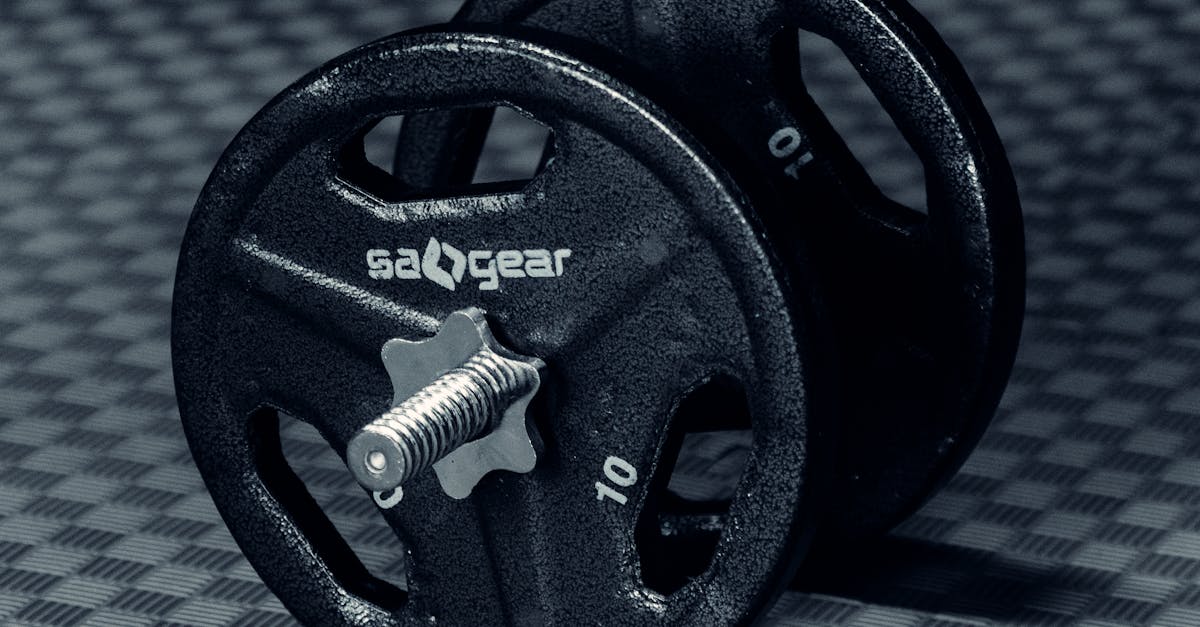For many pet owners, managing pet hair can be a daily struggle. Whether you have a fluffy cat, a shedding dog, or another type of furry companion, dealing with pet hair is often an unavoidable part of pet ownership. In this blog post, we will delve into effective pet hair removal tools, explore why they are necessary, and guide you on how to maintain a cleaner, fur-free space.
Understanding the Pet Hair Problem
Why Pet Hair Is A Concern 🐾
Pet hair in your home is more than just an aesthetic issue. It can trigger allergies, make surfaces look untidy, clog vacuum cleaners, and can be a constant nuisance to clean. Understanding the root of the problem is the first step toward finding a lasting solution.
Common Problems with Pet Hair:
- Allergies: Pet dander, which clings to fur, can cause allergic reactions.
- Hygiene: Fur can carry dirt, bacteria, and other particles, reducing your home’s cleanliness.
- Appliance Clogs: Excessive pet hair can clog and damage household appliances, particularly vacuum cleaners.
Effective Solutions To Combat Pet Hair
Choosing the Right Tools
Having the right pet hair removal tools is crucial. Here’s a detailed list of six highly recommended tools:
- Lint Rollers
- Pet Hair Remover Brushes
- Vacuum Cleaners with Pet Hair Attachments
- Rubber Brooms
- Grooming Tools
- Pet Hair Removal Gloves
Lint Rollers: Quick Fix For Everyday Use
Lint rollers are a go-to tool for many pet owners. Their sticky sheets effectively pick up pet hair from clothing and upholstery.
Pros:
- Portable and easy to use.
- Affordable.
Cons:
- May require frequent replacement of sticky sheets.
- Not as effective on larger surface areas.
“Lint rollers are lifesavers for pet hair on clothing and small furniture items. They are perfect for a quick clean-up before heading out the door.” – Pet Owner Survey
Pet Hair Remover Brushes: Durable and Efficient
Pet hair remover brushes come in various designs, often featuring soft bristles or rubber tips that attract hair.
Popular Types:
- Rubber Brushes: Use static electricity to pick up hair.
- Bristle Brushes: Useful for both shedding and picking up hair from surfaces.
Pros:
- Reusable and eco-friendly.
- Effective on a variety of surfaces.
Cons:
- May require additional cleaning of the brush itself.
- Takes longer than a vacuum for large areas.
Specialized Vacuum Cleaners: Heavy-Duty Cleaning
Investing in a vacuum cleaner designed for pet hair can drastically reduce your cleaning time and improve efficiency.
Key Features to Look For:
- Strong Suction Power: Essential for lifting embedded hair.
- HEPA Filters: Trap allergens and dander.
- Attachments: Such as motorized brush heads for upholstery.
Pros:
- Deep cleaning capability.
- Multiple uses around the home.
Cons:
- Higher cost compared to other tools.
- Requires maintenance and possibly more electricity.
Rubber Brooms: Best for Hard Floors
Rubber brooms are excellent for sweeping pet hair off hard floors without getting tangled.
Pros:
- Easy to clean and maintain.
- Can also be used on carpets for a quick pass.
Cons:
- Less effective on deeply embedded hair.
- Requires manual effort.
Grooming Tools: Prevent the Problem
Regular grooming reduces the amount of hair your pet sheds around the house.
Types of Grooming Tools:
- Deshedding Tools: Remove loose hair directly from your pet.
- Brushes and Combs: Keep your pet’s coat healthy and reduce shedding.
Pros:
- Promotes pet health through regular grooming.
- Reduces overall shedding.
Cons:
- Requires regular use and effort.
- Some pets may resist grooming sessions.
Pet Hair Removal Gloves: Gentle on Pets
Pet hair removal gloves make grooming sessions enjoyable for your pet while effectively removing loose hair.
Pros:
- Gentle and comfortable for pets.
- Doubles as a bonding activity.
Cons:
- Not suitable for all breeds.
- May require frequent combing to achieve results.
“Grooming gloves are fantastic for removing loose fur directly from your pet and can easily be used during playtime.” – Pet Care Specialist
Maximizing Effectiveness: Tips and Tricks
Regular Maintenance is Key
To achieve the best results from your pet hair removal tools, it’s crucial to use them regularly and properly.
Tips for Effective Hair Removal:
- Consistent Cleaning Routine: Establish a regular cleaning schedule.
- Multi-tool Approach: Utilize more than one tool for different surfaces and needs.
- Pet Grooming: Include regular grooming in your pet care routine.
Don’t Neglect Hard-to-Reach Areas
Pet hair often accumulates in corners, under furniture, and other hard-to-reach areas.
Strategies:
- Use vacuum attachments for corners and tight spaces.
- Slide furniture occasionally to clean underneath.
- Use a damp cloth or sponge for hard surfaces.
Consider Fabric Choices
Certain fabrics are better at repelling pet hair than others. For instance, synthetic blends tend to attract less hair compared to natural fibers like wool.
Recommendations:
- Opt for pet-friendly upholstery and bed linens.
- Use washable slipcovers for furniture.
Conclusion: Keep Your Space Fur-Free.
Maintaining a pet-friendly, fur-free home doesn’t have to be an overwhelming task. By selecting the right tools and implementing a regular cleaning routine, you can significantly reduce pet hair and promote a cleaner, healthier living environment.
Next Steps:
- Evaluate your current cleaning routine and identify areas for improvement.
- Invest in the tools that best suit your needs and lifestyle.
- Establish a consistent grooming and cleaning schedule.
By taking these steps, you can enjoy the best of both worlds: the companionship of your furry friends and a clean, comfortable home.
Have any favorite pet hair removal tips or tools? Share your thoughts and experiences in the comments below! For more information and resources, make sure to check out PetMD for pet care advice.













